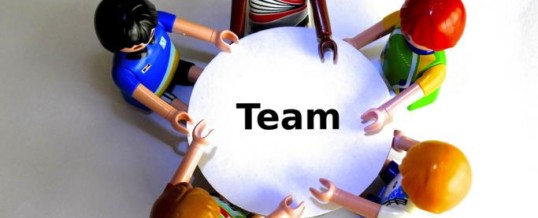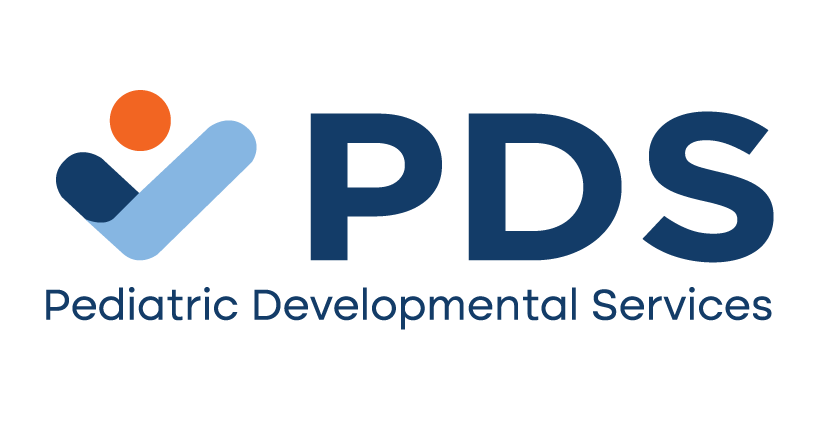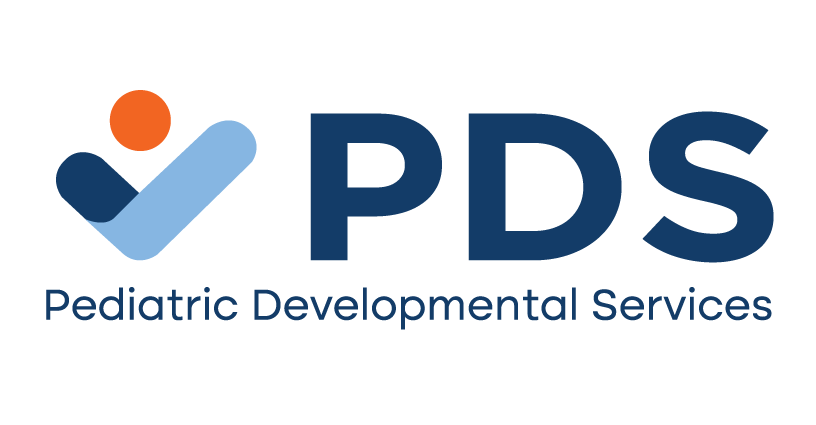
Being a pediatric physical therapist is challenging, but also very rewarding. We encourage PTs to learn more about pediatrics.
Seek Mentors
Be humble about what you know and what you do not yet know. Recognize that the clinicians around you, especially those who have been practicing longer, stand to be some of your greatest teachers. Choose your work settings with mentorship in mind. It’s important to remember that you can learn not only from pediatric physical therapists but occupational and speech therapists as well. OTs and SLPs are some of the best comrades you can keep when working to achieve rehab goals for your patients. All systems are beautifully interwoven in our body and working as a team can enhance your patient’s care.
Collaborating or learning from OTs and SLPs doesn’t have to mean that you co-treat with all of your patients. Maybe you work in a system where you can co-treat, but perhaps this may not be the case. Instead, you can meet regularly with the practitioners who are seeing the same children and discuss the varied approaches you’re using. It can be extremely helpful to carry language tasks from speech into PT sessions, and PT challenges like sitting or other positions for play into speech or OT sessions.
Know the Referring Pediatricians
Strong relationships are the backbone of successful practice. It is important to form a strong relationship with the pediatricians in your area. They will be the ones referring patients to you, and the more they trust and know you, the better they will feel about referring patients to you. Meet with them. Let them know what skills or specializations/certifications you possess & how you can help their patients. Network with the other specialists (Orthopedics, Neurology, Neurosurgery, Genetics, Nutrition, GI, Opthalmology, amongst others) in your area as well so that you can feel comfortable and confident to speak with them about tougher cases.
Know the Local Orthotists
Orthotists play a major role in the continuum of care for pediatric patients. Understand the processes to go through for the various types of equipment your patient population will need (ie. cranial scans & helmets for plagiocephaly). Learn about AFOs & SMOs for foot and ankle issues; and hip de-rotational straps (custom made are always better) for in-toeing. You can also take free classes from the different manufacturers, like Cascade and Sure Steps, for more thorough understanding of the devices they offer. Local orthotists often have product demos, charts, and information that they will happily provide you or your clinic/facility. Some even offer in-services upon request. Depending on your area, some orthotists will even come to your facility to participate in sessions with you. Collaboration is nearly always beneficial for the patients.
Know the Local DME Vendors
You or your director of rehab can contact your local DME vendors to schedule a free in-service for your clinical staff. DME vendors will help get you familiar with their products. They will teach you how to obtain them for use with your patients, and also how to assist your patients in obtaining specific equipment for their needs.
Involve Parents
Realize that you aren’t there to be the hero & it is not your job to do it all. Shift your perspective if you haven’t already. You are an honored and privileged practitioner involved for a short while within the child & family’s lives. You have studied the body in a way that they have not and you have plenty of knowledge & aid to share. Use your sessions to teach a few (this may mean only 1,2, or 3) things thoroughly to both child & parent, leaving plenty of time to make sure both are truly comfortable with how to repeat the tasks at home. Handouts are simply not enough! Teach by hand-over-hand to ensure understanding and successful carry-over to home. Empower your families to take the responsibility of progress into their own hands.
Lastly- HAVE FUN!!
Be mindful of the attitude and energy you bring into your day as it can most certainly have an impact on the energy shared with the young children with whom you work. Never stop thinking outside the box. Ultimately, you will define for yourself how you will practice the art of physical therapy.
JUN
2018


About the Author: